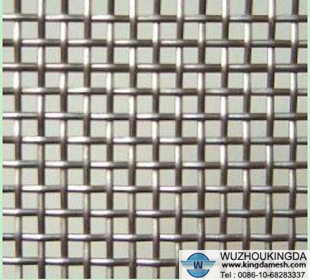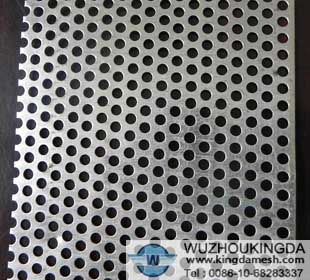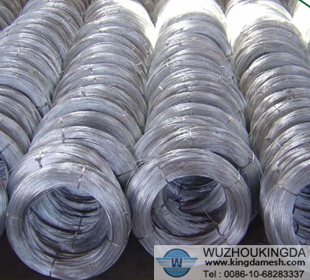Type 304 Stainless Steel vs. Type 316
Type 304 Stainless Steel vs. Type 316
Steel manufacturing companies offer different grades of stainless steel, including types 304 and 316. There are both differences and similarities between 304 and 316 grade stainless steels.
Applications
Type 304 stainless steel is one of the most commonly used grades. Both 304 and 316 stainless steels are used in the food and beverage industry. Silos, cheese vats, fruit tanks and wine tanks are often made out of either 304 or 316 stainless steel. Type 316 stainless steel is often used in marine applications like for boat fittings.
Similarities
Both types 304 and 316 are austenitic stainless steels. This property contributes to their ductility and ability to be easily welded and formed. This also means that these steels are not magnetic. The chromium in stainless steels also adds a certain level of corrosion resistance to the metal. Type 304 stainless steel contains 18 percent chromium, while 316-grade stainless steel contains 17 percent chromium.
Differences
Molybdenum can also be added to steel to increase corrosion and pitting resistance. The presence of molybdenum is perhaps the biggest difference between 304 and 316 stainless steels. Type 304 stainless steel contains no traces of molybdenum, while stainless steel 316 contains 2.1 percent molybdenum.







